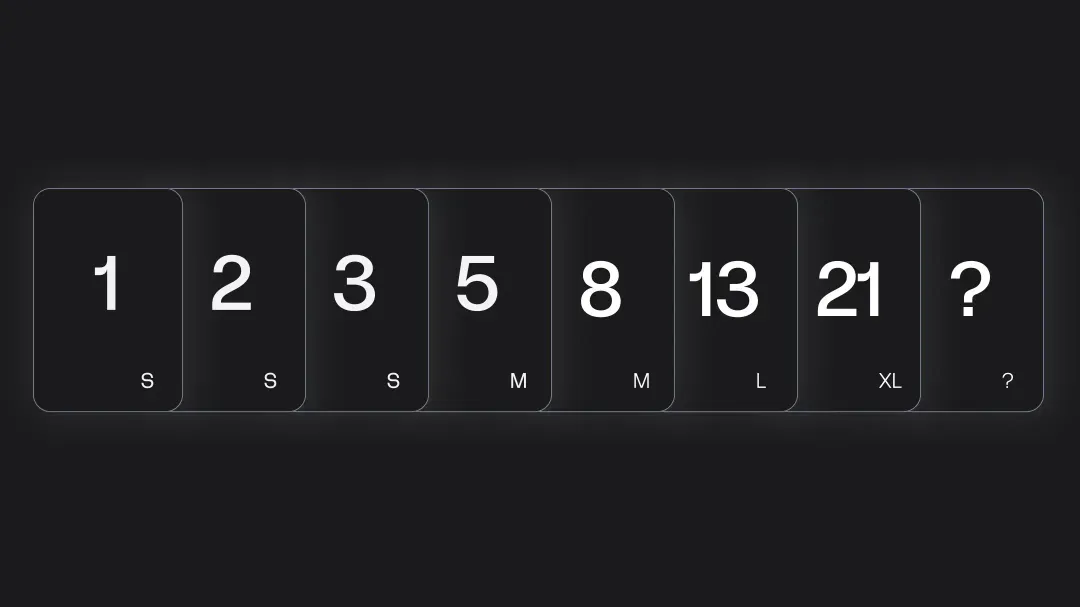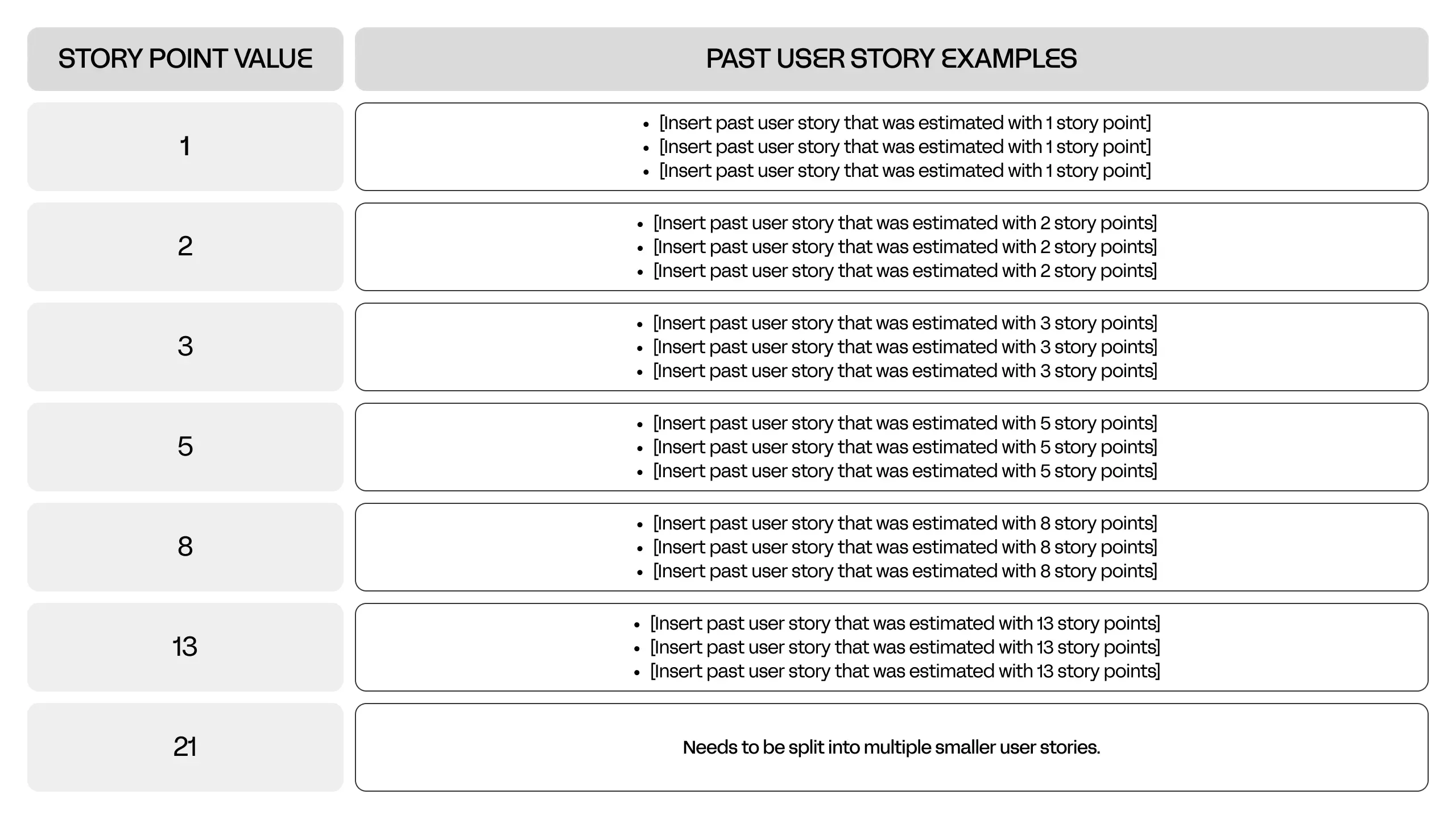Product Development, Business
How to Estimate Epics & User Stories Using Story Points?
In the fast-moving world of product development, particularly within a dual-track agile framework, the ability to plan and execute effectively can make or break a product’s success. At the core of that planning lies a deceptively simple tool: story points.
If you're looking to level up your agile game, understanding how to estimate work with story points is a great place to start. At Roaring Infotech, we've refined our process over the years to not just estimate work—but to use estimation as a tool to drive collaboration, clarity, and smarter decision-making.
What Exactly Are Story Points?
Story points are a relative unit of measure used to estimate the effort and complexity involved in delivering a user story. Unlike time-based estimates (e.g., hours or days), story points factor in more than just how long something might take. They account for:
- ✔️ Complexity of the task
- ✔️ Uncertainty or risk involved
- ✔️ Scope of work across design, development, and QA
The beauty of story points lies in comparative estimation — we’re not trying to predict an exact duration, we’re comparing this task to others we’ve already completed to determine how “big” it is in relation.
How We Estimate at Roaring Infotech?
Our teams use a structured yet collaborative approach to estimating user stories with story points. Here's a snapshot of our process:
📊 Estimation Matrix
Every team works with an Estimation Matrix that acts as a reference catalog of previously completed user stories and their point values. We follow the Fibonacci sequence (1, 2, 3, 5, 8, 13) to represent increasing levels of effort—because work rarely scales linearly.
🃏 Planning Poker
To actually assign story points, we use Planning Poker—a gamified, consensus-driven method that keeps everyone engaged and aligned. Here's how it works:
- Each team member is given a set of poker cards (digital or physical) with Fibonacci numbers.
- A user story is discussed briefly.
- Everyone reveals their card simultaneously to vote on effort.
- If estimates differ significantly, the team discusses and votes again until consensus is reached.
This method encourages discussion, surfaces hidden complexity, and avoids anchoring bias.
🔄 Sprint Planning + Velocity
Before each sprint, the team reviews and assigns story points to all planned user stories. Then, based on our velocity (total story points completed in the last sprint), we determine how many stories we can realistically take on.
Estimation Tips from Our Playbook
Here are a few key takeaways we've learned through hands-on experience to help teams estimate better and faster without overcomplicating the process:
- Break it down: Large epics or stories should be split into smaller pieces that can be completed within a sprint.
- Don’t equate time and points: Points are not hours. They reflect effort, not just duration.
- Track and adjust velocity: Revisit how many story points your team completes per sprint to improve future estimates.
- Keep it simple: Avoid overthinking or turning estimation into a science project.
- Use retrospectives wisely: Reflect on what worked and what didn’t in your estimation process.
Estimation is a tool for better planning, not perfection. Keeping it lightweight, iterative, and team-driven is key to long-term success.
Why It All Matters
Story points are more than just a number — they’re a communication tool. When used effectively, they bring clarity and alignment across your entire team.
- ✔️ Enable predictable delivery through better sprint planning
- ✔️ Surface risks and unknowns before they become blockers
- ✔️ Help cross-functional teams (design, dev, QA) stay aligned
- ✔️ Create transparency in scope and effort across stakeholders
At Roaring Infotech, using story points has helped our teams work smarter—not harder—and maintain clarity as we scale products across fast-paced roadmaps.
Final Thoughts
If you're serious about improving your agile development workflow, start by mastering your estimation process. Story points won’t solve everything, but they will give you a common language to talk about work—and that’s a powerful step forward.
Want to dig deeper into epics and user stories themselves? Check out our full guide on [Building Agile Products with Epics and User Stories].



